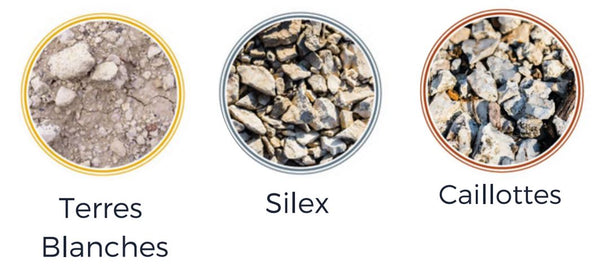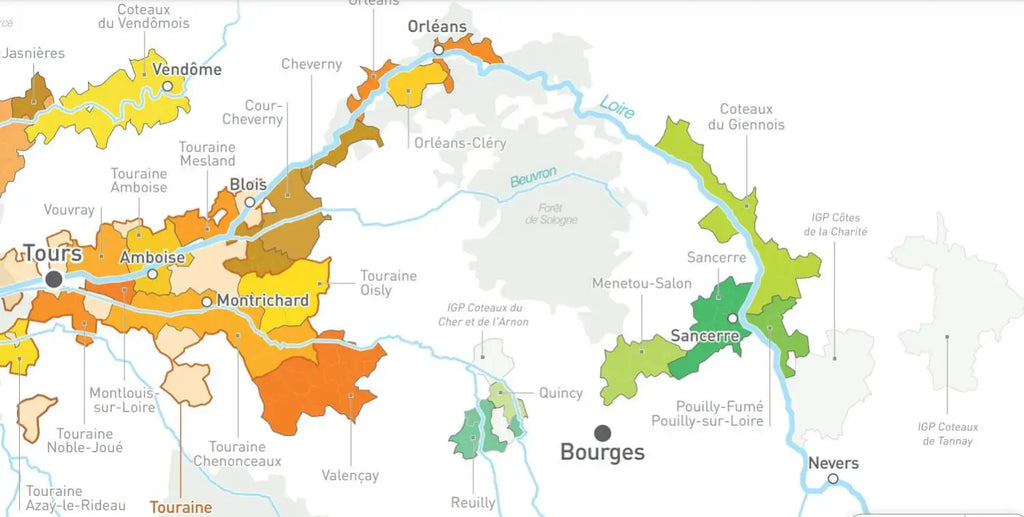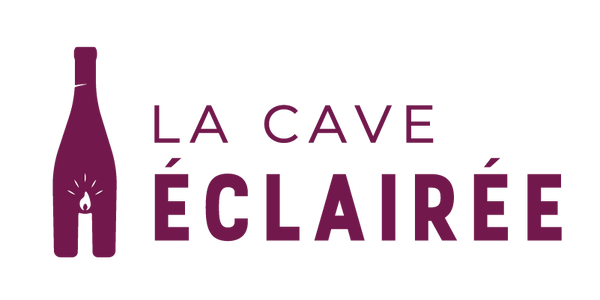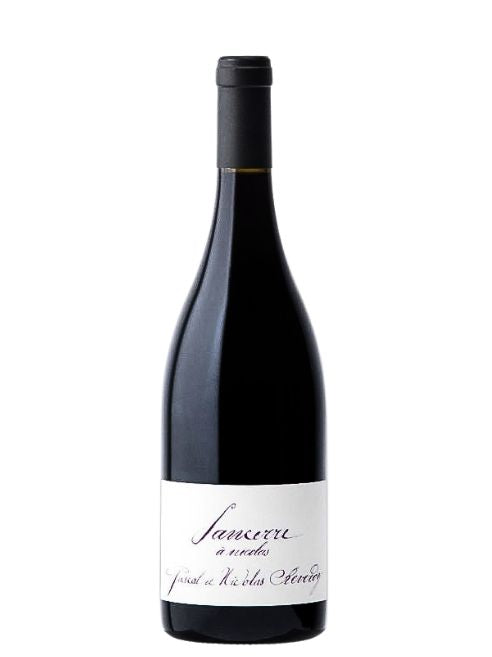Sancerre: a name that resonates as one of the most familiar to the ears of all wine lovers. The appellation of the Centre-Val de Loire enjoys in fact a great notoriety due to its long history as well as its qualitative production but also quantitative of white wines as well as red And rosés .
So what are the origins of AOC Sancerre ? What are the two key grape varieties of the appellation? Which terroirs characterize this vineyard? What to expect during tasting? You will have all the answers to your questions after these few minutes of reading.
Follow the leader...
The origins of the AOC Sancerre
Terroirs and climate of Sancerre
Located in the far east of the Loire Valley , the AOC Sancerre today covers more than 3,000 hectares distributed between 300 winegrowers and spread on 14 municipalities . With such an expanse, it is obvious that several terroirs coexist here. Here are the 3 main soil characteristics which we find on the AOC Sancerre:
- The White Lands : covering 40% of the vineyard , these are soils clay-limestone located to the west of the vineyard. Clay (70%) is the majority here over limestone (30%). Very rich in shell fossils, their name comes from their tendency to turn white in the sun. The Terres Blanches bring a beautiful aromatic concentration to the wines.
- The Caillottes : representative 45% of the vineyard , the Caillottes are essentially small limestone pebbles mixed with clay These chalky soils bring finesse, lightness and freshness to the wines.
- The Flints : these clayey-siliceous soils are the rarest in Sancerre but still cover 15% of the vineyard . They are mainly found along the Loire and to the east of Sancerrois. They provide great minerality to wines of the appellation.

From a climatic point of view, the vineyard enjoys a degraded oceanic climate , meaning that in comparison to other appellations in the Loire region, Sancerrois is less influenced by humid winds from the Atlantic Ocean . There rainfall is therefore lower here and the larger thermal amplitudes (cold winters and hot summers as well as temperature differences between day and night). These conditions therefore promote a optimal maturation grapes while allowing to express a nice tension in wines.
Grape varieties and wines of Sancerre
The AOC Sancerre is mainly renowned for its white wines developed from the Sauvignon grape variety . The latter represents today 82% of the grape varieties local .
If white wine is therefore the flagship product of the appellation, Reds and rosés are also worth a visit and are produced from the grape variety Pinot noir , representing the 18% remaining vines.
From a production point of view, white wines represent 83% of 23 million bottles produced each year while red wines account for 11% and rosés 6%. The appellation is also very famous internationally where she exports more than 65% of its wines . The United States, the United Kingdom, Belgium and Canada are the first customers.
From a taste point of view, and although it is always risky to summarize the wines of an appellation, the profiles that we find most are the following:
- White wine : Sauvignon being a very aromatic grape variety and having a high acidity , the white wines of Sancerre all benefit from a beautiful liveliness in the mouth as well as a certain minerality . In addition, the grape variety expresses of the fruity notes exuberant citrus, peach, pear, apricot and sometimes even an exotic hue (mango, pineapple, etc.). On the freshest soils, we can also find a plant character (boxwood) as an aromatic marker.
- Red wine : Sancerre red wines generally display notes from delicious red and black fruits (cherry, blackberry, strawberry, raspberry) as well as light and tasty tannins . Depending on the terroirs and the vinification, more concentrated and complex profiles may be presented to the taster.
- Rosé wine : Sancerre rosés are fresh, delicious and delicate. They evolve on notes of fleshy red fruits (strawberry, raspberry, cherry) and have a certain matter compared to the rosés of Coasts of Provence .
Wine pairings and service Sancerre
With vintages of all colors, Sancerre wines could almost to match all gastronomy world ! Here are some ideas to whet your appetite and a reminder of the good conditions of service to respect to highlight your Sancerres.
The liveliness and freshness of the white wines from Sancerre allow them to pair ideally with a multitude of dishes . We are of course thinking of the seafood, grilled fish, summer salads but also to different goat cheese (like the local Crottin de Chavignol, a delight), but also Emmental or even to Abundance . For whites more powerful and voluptuous , there poultry will make a sublime agreement.
From a point of view serving temperature , a fork located between 8-10°C will be perfect for "classic" whites while for more intense and racy vintages, an opening between 11-13°C will be adequate in order to be able to appreciate maximum aromas.
For the red wines , their finesse as well as their beautiful fruitiness will go perfectly with the aperitif but also during the meal with chicken, turkey or duck. For the more structured reds of the appellation, red meat will then be in place. We recommend here a service between 14-16°C for all these wines in order to enjoy their finesse.
Finally, the rosés of the appellation will also be appreciated as an aperitif but also on summer salads, grilled fish or even on goat cheese. service between 8-10°C is recommended here.
What are the best Sancerre? ?
Although it is complex to give an exhaustive list of the best Sancerre, The Illuminated Cellar has selected for you some vintages of choice of the Bernard Fleuriet & Fils estates And Pascal & Nicolas Reverdy thus bringing together all the styles of the appellation: lively and mineral white wine, voluptuous white wine and wooded , fresh and fruity red or even a racy red with character, there is something for all tastes and budgets!
- Bernard Fleuriet & Sons - Sancerre White tradition
- Bernard Fleuriet & Sons - Sancerre Tradition red
- Bernard Fleuriet & Sons - Sancerre Anthocyanin red
- Bernard Fleuriet & Sons - Sancerre White Marloup Coast
- Bernard Fleuriet & Sons - Sancerre The Baroness white
- Domaine Pascal & Nicolas Reverdy - Sancerre White Maimbray land
- Domaine Pascal & Nicolas Reverdy - Sancerre Maimbray Land red
- Domaine Pascal & Nicolas Reverdy - Sancerre The Angels white lots
So, You now know almost everything about the Sancerre appellation and its wines! You only have left Now all that's left to do is pour yourself a glass of these delicious Sauvignon and Pinot Noir. And above all, do not hesitate to contact The Illuminated Cellar if you need advice!















